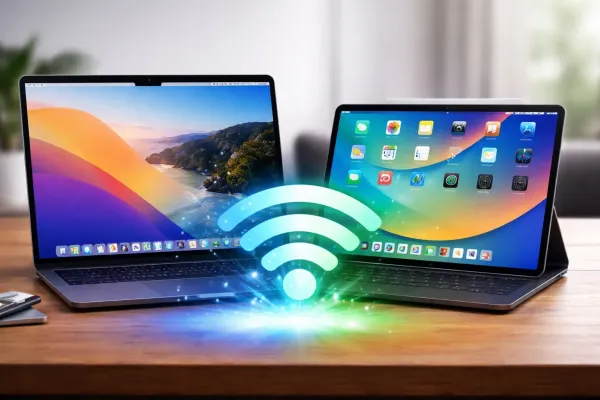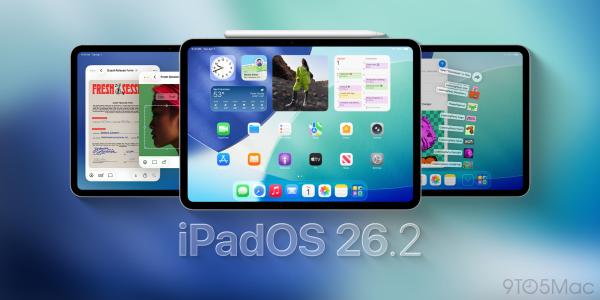The implementation of Apple's suite of security mechanisms, namely biometric authentication, end-to-end encryption, and tokenization, has raised the security benchmark for mobile financial applications. Therefore, users are becoming more demanding of similar protection of fintech services used to make payments, manage finances, and invest. This has been forcing fintech companies to enhance their internal security framework and be more compliant with the existing compliance regulations.
These security protocols are especially widely adopted in mobile transactions. With the growing comfort of users in keeping financial information on their smartphones, the usage of mobile wallets and contactless payment services has grown significantly. The smooth combination of Apple's hardware and software architecture is an example that a secure digital user experience does not conflict with a frictionless interaction.

Mobile Security Promotes New Experiences in Finance
Enhanced mobile security allows users to interact with more digital finance tools than just conventional bank applications. The increased trust in the protection of sensitive data is associated with the increased interest in the simplified trading interface that does not demand so much specialized knowledge. These interfaces often allow people to predict short-term price movements of cryptocurrencies like Bitcoin and Ethereum, and new currencies are added gradually.
These systems are powered by algorithms that simulate real-world volatility and allow rapid interactions without requiring custody of assets or the use of complex exchanges or wallets. Thus, crypto trading becomes more accessible by creating a securitised, simulation-based environment that is similar to the experience of users with mobile devices.
Users can engage with live price charts, choose from popular assets like BTC or ETH, and start trading in just a few clicks with no prior experience needed. These systems rely on real-world volatility simulations and offer secure, game-like environments. With features like flexible payment options (crypto or fiat), leaderboards, and tracking tools, they make crypto engagement more accessible and rewarding, all from an Apple device.
Tight Security Requirements as Fintech Innovation Drivers
The security measures adopted by Apple are currently having an impact on the fintech industry. The regulators are reacting to the increased consumer demands by reiterating data-protection requirements, and financial service providers are investing in the related advanced infrastructure to remain competitive in the market. As a result, the wider ecosystem is getting cleaner and more credible.
The consequences are not just safety-related: a strong security environment allows one to pay more attention to innovation. In such a way, developers are promoting AI-powered financial apps, touchless business services, and blockchain-powered services, which are designed to be secure.
A 2023 report from Thomson Reuters Regulatory Intelligence found that 30% of financial institutions now adopt fintech solutions primarily to enhance information security. This focus on cybersecurity is not just about compliance. It creates the foundation for innovation in AI, blockchain, and touchless services, all designed with security at their core.
The Future of Fintech is Determined by Apple and its Privacy and Security Commitment
Apple has set an unspoken benchmark that fintech companies will have to achieve by focusing on privacy and security at all times. This norm influences the design and usage of financial tools across the globe.
With a time of universal smartphone financial management, including balance enquiries to authorisation of payments, confidence in the security of personal information is vital. Such trust is cultivated by the legacy of Apple, and the platforms that meet this benchmark will enable the broader spread of new services that might have seemed risky before.
The security aspect of user-experience design is thus now a primary concern of fintech practitioners, who have incorporated biometric login, two-factor authentication and localized data storage as a matter of course, instead of a supplement.
The Security-First Idea of Apple Is Redefining Fintech
Security-centric design philosophy has become a market maker rather than a product differentiator at Apple. By copying these practices, other fintech platforms can provide consumers with real benefits of an ecosystem based on trust, transparency, and resilience. The result is not only the safeguarding of conventional dealings but the democratisation of new experiences in a safe mobile space.
To remain an innovation driver, fintech should maintain this security paradigm, which means that innovation should be followed by a strict adherence to user data protection. In this regard, the Apple leadership is prompting the financial sector to align around a common set of values that will characterize the mobile financial space in the foreseeable future.















